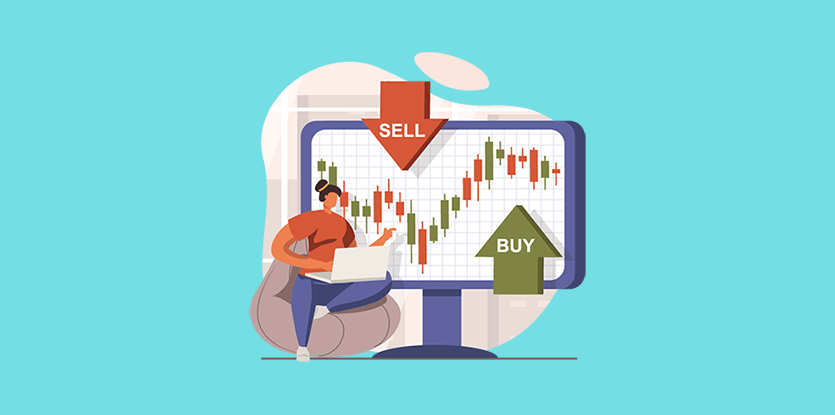If you’re considering buying shares in a company, imagine having the ability to anticipate that the price of those shares will be lower tomorrow. It’s like having an extraordinary ability.
But how can someone foresee a decline in stock prices? That’s where the strength of the bump and run reversal pattern comes into play.
The bump and run reversal pattern appears after a fast and large price hike due to excessive speculation. The pattern starts with a lead-in phase in which the prices advance normally without any signs of excessive speculation. The trend line during the lead-in phase is moderately steep.

The second phase of the pattern is the bump phase, in which prices increase rapidly compared to the first phase. During this phase, the trend line becomes at least 50% steeper compared to the lead-in trendline. Traders should validate the bump pattern by checking the max—height of the bump in relation to the lead-in trendline. The distance from the highest point of the bump to the lead-in trendline should be two times (or more) the distance from the highest high in the lead-in phase to the lead-in line.
After prices reached their peak and start to decline towards the trend line, the chart begins to show the right side of the bump. Volume expands after the advance forms on the left side of the bump. The run phase starts when prices reach the lead-in trendline.
After passing the trendline, sometimes the price also retracts to the trendline, which is now also the resistance level. The bump and run reversal pattern can be used for all types of trading, from daily, to weekly, to monthly, with the understanding that the movement is unsustainable for a longer period.
How Does the Bump and Run Reversal Happen
The setup works like this; the momentum continues on the stock creating an upward slope, it signals to investors that they should acquire the stock, as the days proceed, investors continue to bid up the stock and the price rises. Then there is an event that happens, such as earnings, which causes traders to jump on the bandwagon and bid to stock up even more. As momentum increases, the price spikes to form a new higher sloping trendline. However, that is when things start to go wrong.
Here supply catches up with demand, traders start the realizes the stock has been bid up too much, and sellers come in and push the stock down. Volume during the lead-in phase is often elevated at the start, and then volume drops off until the beginning of the bump, which then suddenly spikes.
Attributes
- Pattern type: Nondirectional
- Indication: Bearish
- Breakout confirmation: The confirmation for this pattern is a close below the lower trendline drawn across the lows, during the lead-in phase, with above-average trading volume.
- Measuring: The price target is the lowest point of the lead-in phase
- Volume: The volume usually is high at the beginning of the phase and decreases throughout the pattern.
Conclusion
The bump and run reversal pattern is a high probability trades that up that is being used by many professional traders. It can be applied to any chart duration, daily, weekly, or monthly. The pattern is an excellent indicator designed to identify speculative demand that is likely to come to an end allowing traders to profit on stock on the way down.
To learn more about stock chart patterns and how to take advantage of technical analysis to the fullest, be sure to check out our entire library of predictable chart patterns. These include comprehensive descriptions and images so that you can recognize important chart patterns scenarios and become a better trader.


